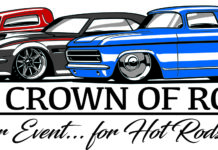One of the Iconic Hot Rod Performance Parts Still Has Life Today
By Don Lindfors – Photography By the Author
Many rodders wanted a “mag” to go with the injection system, but the existing electronic mags aren’t compatible with the needs of the EFI systems. They don’t generate the proper signal and most of these ECUs need the advance mechanism locked out as they generate the advance curve electronically. So now what? We examine the possibilities of Magneto Ignition for modern electronic fuel injection. New school meets old school.

MAGNETO! The word alone strikes excitement and wonder in hot rodders and racers alike. Magneto ignitions are one of the oldest and possibly least-understood ignition systems by today’s hot rodders. The first magnetos were designed in the late 1800s and in 1899 Daimler was the first known car maker to use magnetos in production.
In 1903 the Robert Bosch Co. introduced the first high-voltage magnetos that fired the spark plug directly, which became the standard ignition for cars and airplanes until about 1918 when the Kettering Ignition (the common points system) became more widely accepted. The Swiss magneto company Scintilla (founded in the teens) was purchased and brought to America in 1921 and in 1929 was purchased by Bendix. Scintilla mags were used during World War II in the mighty Allison V12–powered aircraft as part of the American war effort. By the ’50s rodders and racers were getting magnetos from performance companies like Joe Hunt, Vertex (made by Scintilla), and Cirillo, among others.

Read More: Pertronix Plug n’ Play Ignition Upgrade For Our 1976 Ford F-100
The magneto was quite reliable overall, but it was not without issues. Because it generates power itself by spinning magnets around a stationary coil, it takes a fair amount of rpm to generate enough current to fire the spark plugs. As the rpm increases the spark gets stronger. Early day magnetos also did not have any provision for spark advance, which was fine for aircrafts as they tend to have a narrow operating rpm band, as did race cars. Because early cars had a hard time spinning the engine fast enough, especially as cubic inches increased, many aircraft and higher end cars had a dual spark plug system where there was a second circuit operated by a battery, a small generator, and a coil to initially start the engine. To overcome these starting issues, later magnetos were designed with an impulse coupling system, which is a mechanical spring-operated device that allows rapid movement of the magnets to create essentially an artificial higher rpm for starting. Although this helped, once the now-more-common battery-powered points ignition became more reliable, the magneto fell out of favor for production cars.

Mags continued to be used in many forms of racing for years and are still common in certain forms of racing, in particular Sprint Cars, Top Fuel, and Funny Cars, with the current magnetos not resembling anything like the old school mags but making incredible amounts of power. So why did the “mag” continue to be revered by racers and rodders? Because they are self-generating, they don’t need a battery to operate, so the system is very simple. Magnetos also make more energy the faster they are spun so they have no issue firing the mixture at higher rpm.
Hot rodders have always followed race car trends for their street cars, so magnetos seemed like a great thing to many garage mechanics. As time went on and points ignitions became not only more reliable but also more powerful with things like add-on CD boxes and hotter coils, the hassles of running a mag on the street (poor starting, lack of advance, and so on) started to fade. By the mid ’70s when electronic ignitions became the standard in Detroit along with aftermarket offering conversions from companies like PerTronix, it started being rare to see mags being run on the street.

Read More: Modern Tech For Vintage Engines: PerTronix Flame Thrower Distributors
But there was still an allure to the mystery, history, and looks of the mag. To fill that desire both Joe Hunt and Vertex started making mags that weren’t really mags at all. They had the tall, simple look of the magneto body but with electronics inside. These early efforts looked like the real thing but had problems with the small coils that were developed to fit inside that created EMI and RFI problems that would kill the electronic ignition module. While some of these issues have been improved, the other solution was to move the coil out of the mag body and hide it to keep the original magneto look. Some of these electronic versions also added mechanical advance units (although no vacuum), making them more practical for street use; Joe Hunt continues to offer these.

Today EFI is very popular for hot rods and the systems have gone from simple GM throttle body conversions to the latest trends, which include converted older Hilborn mechanical injection systems to complete new machined billet individual runner systems (commonly called “eight-stacks” by many). The use of IR systems is driven in part by the superior fueling and airflow, but possibly more so by the nostalgic race car look. These systems are generally run by hidden computers (the ECU) that control everything from fuel curves to complete ignition control.
Many rodders wanted a “mag” to go with the injection system, but the existing electronic mags aren’t compatible with the needs of the EFI systems. They don’t generate the proper signal and most of these ECUs need the advance mechanism locked out as they generate the advance curve electronically. So now what?
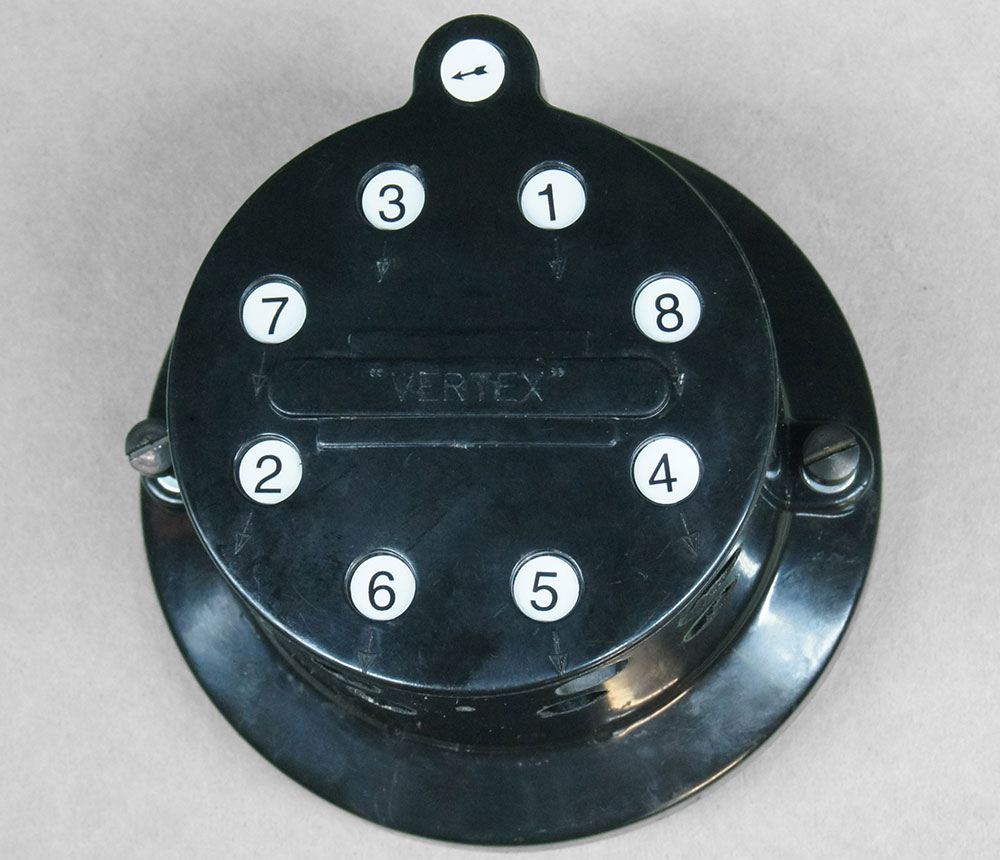
Eclipse Engineering in Southern California has been recognized as one of the finest EFI calibration centers in the world for many years. Owner Steve Sbelgio has developed a strong reputation for his tuning prowess with EFI, ignition, and electronic transmission control that many top builders across the country have come to rely on. Sbelgio worked with General Motors as a powertrain calibration specialist for many years so his credentials for making aftermarket EFI systems perform is topflight. Sbelgio is also a hot rodder at heart; he drag raced for many years and has a wicked, chopped ’34 Ford 3-window coupe. Frustrated by the issues with using the off-the-shelf mag look distributors, he set out to design something new. Using the time-proven Vertex/Scintilla magneto body design, he developed a state-of-the-art system that would work with the top EFI control systems from Hilborn, Auto Trend, Holley and most any other ECU. The CAD CAM–designed, CNC-machined bodies feature a hardened shaft and ball bearing upper supports for precise fit and a long life. The pickup is a state-of-the-art hall effect design. Sbelgio has been developing these units for several years now with handbuilt units having been run for thousands of miles. They are now available to the public for a wide variety of engine families from the ubiquitous Chevy small block to Ford Flathead V8, Chrysler Hemis to old Cadillacs and more.

Read More: Fitech EFI: What it Can Do That Carburetors Can’t
Sbelgio had done the calibration and tuning on my ’32 Ford roadster pickup with an eight-stack–injection Ford 351 Cleveland. One day I mentioned that I would really like to run a mag to complete the ’70s vibe of this hot rod with the Weber carb look injectors that I am running. That conversation led to building the first one for a 351C and this article. (These mags are custom-built to a specific application for the owner.) In my case I am using a Holley HP ECU system (PN 550-605) with a PerTronix Digital HP Ignition box (PN 510) and PerTronix HP .20Ω coil (PN 60100). The Holley ECU controls the ignition advance, including the equivalent of both mechanical and vacuum advance while the digital HP drives the coil, including Multi Spark all the way to the red line. An ARP distributor stud kit (PN 450-1701) was used to hold the mag in place. The Eclipse “mag” works flawlessly with these components while giving the vintage high-performance look I was after. I consider it the best of both worlds. If you are building a traditional ’60s- or ’70s-style car with EFI, one of these Eclipse EFI Ready Magnetos might be just the thing to complete the build. MR
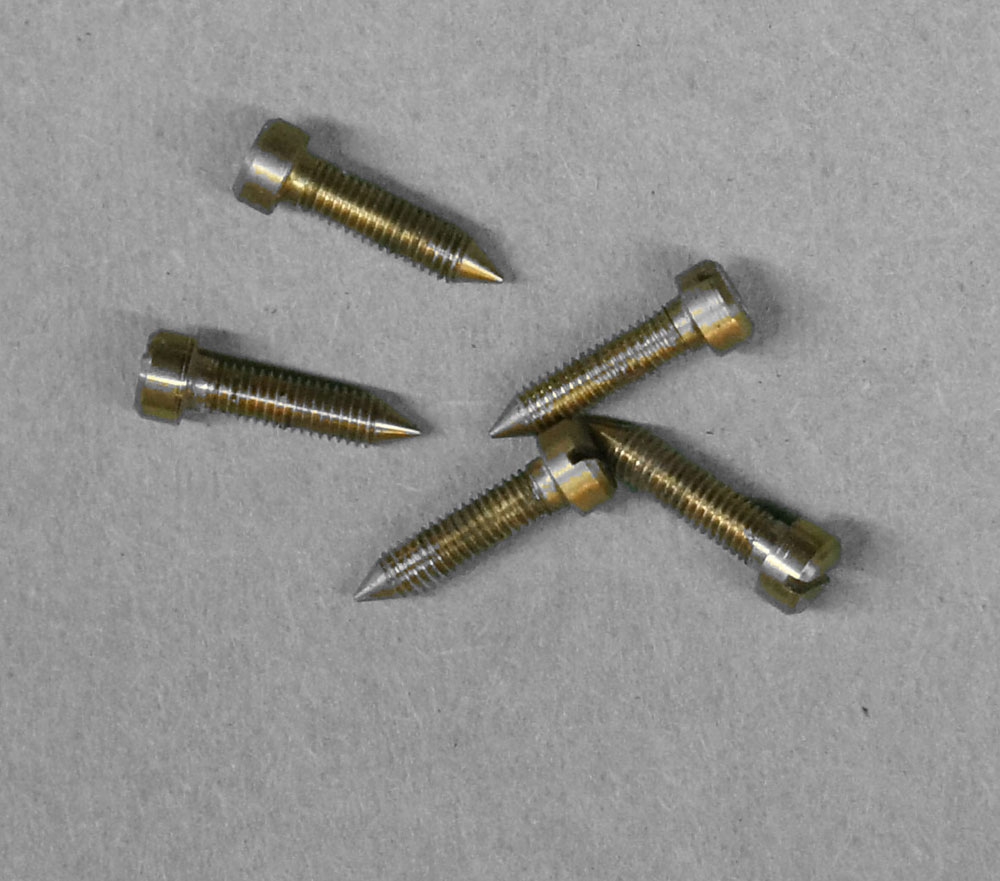



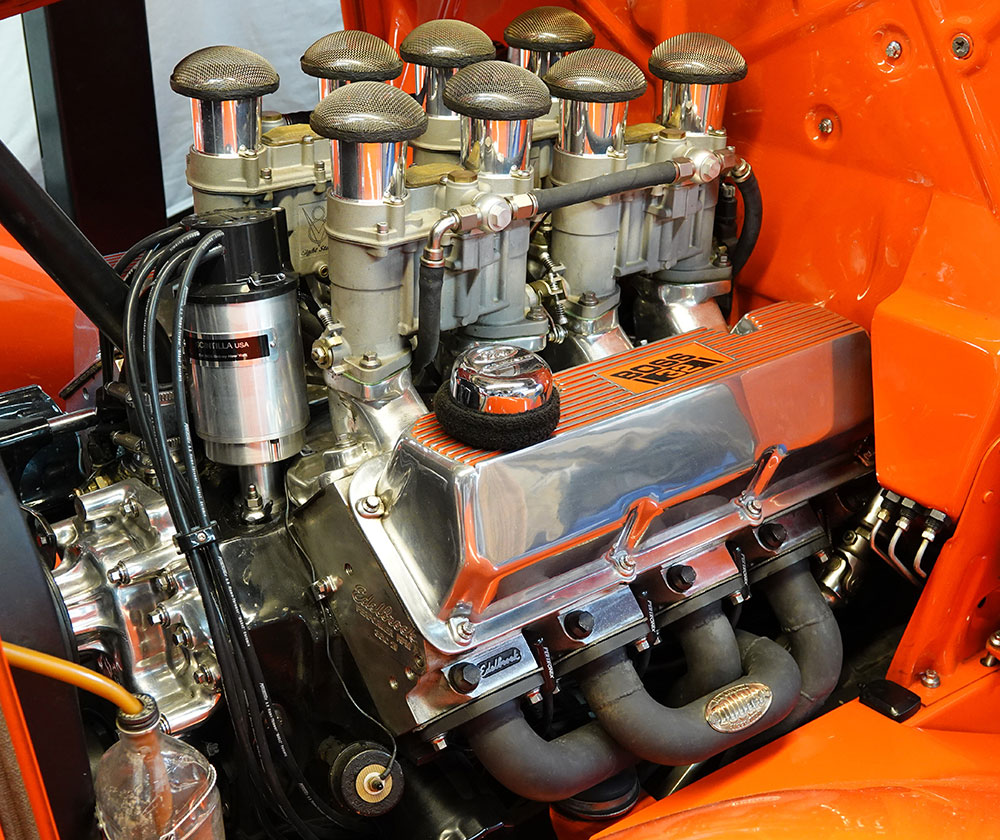

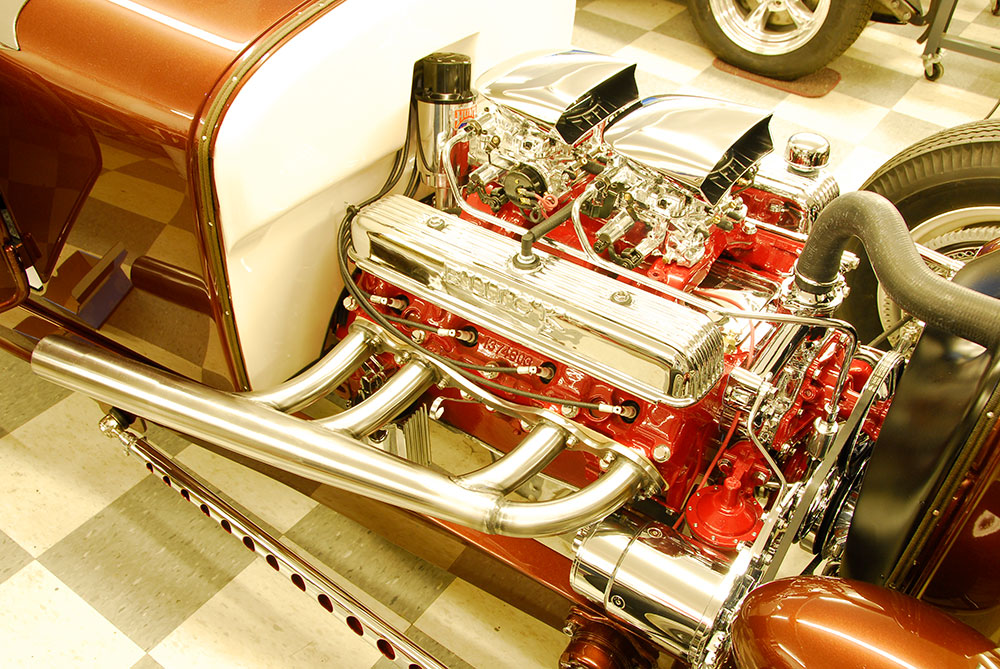




SOURCES
Eclipse Engineering
eclipseengineeringmags.com
Holley
(866) 464-6553
holley.com
PerTronix Performance Brands
pertronix.com
Automotive Racing Products
(805) 339-2200
arp-bolts.com

















